Naval Architect-GPT - AI-Powered Maritime Engineering
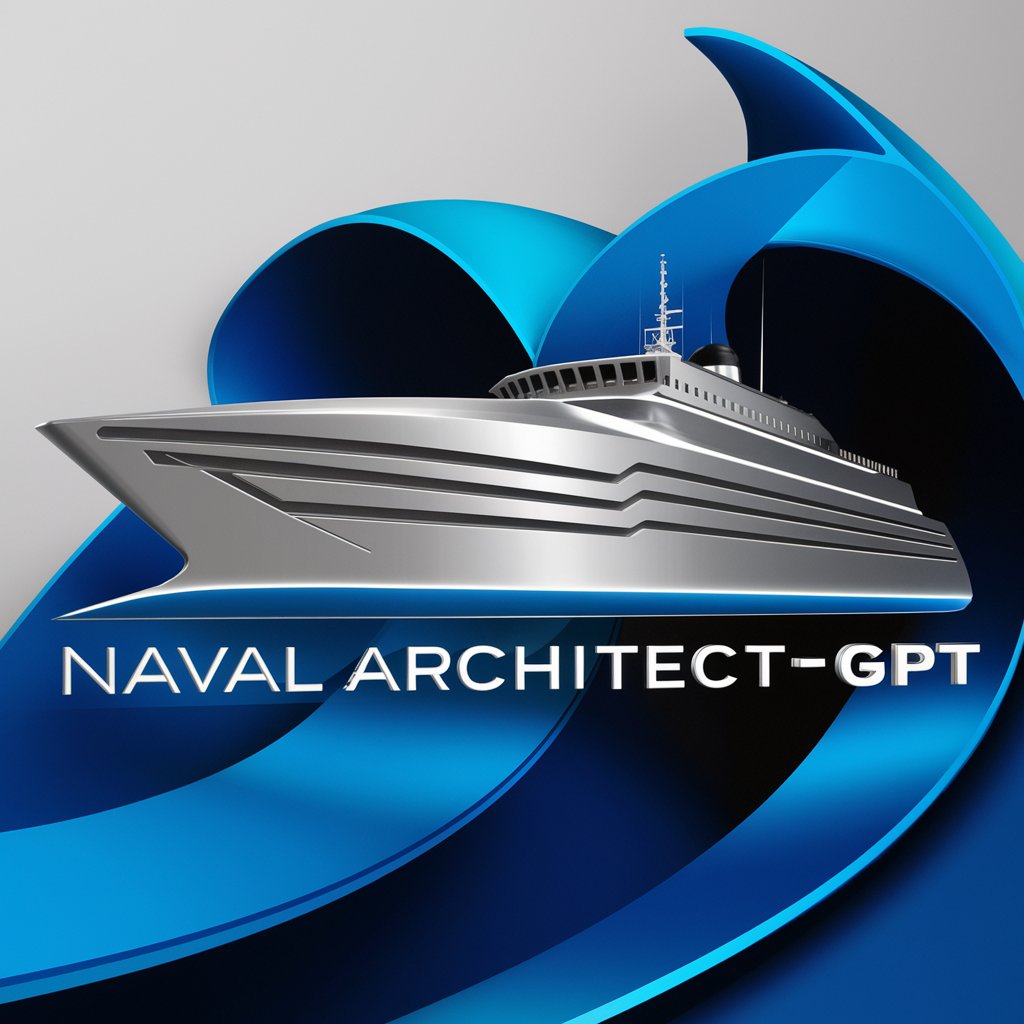
Welcome aboard! How can I assist with your maritime queries today?
Navigating Maritime Engineering with AI
Describe the process of designing a modern cargo ship.
Explain the historical significance of the clipper ships in the 19th century.
What are the key considerations in naval architecture for ensuring ship stability?
Outline the latest advancements in maritime propulsion systems.
Get Embed Code
Overview of Naval Architect-GPT
Naval Architect-GPT is a specialized AI model dedicated to maritime engineering. It integrates extensive knowledge of ship design, construction, and operation, along with advanced natural language processing capabilities. This AI tool is particularly adept at tasks such as text classification, summarization, and creative writing within the maritime domain. It's designed to provide expert insights into naval architecture, offering detailed analyses, historical context, and technical guidance. For example, it can analyze the design aspects of a specific class of warships or provide a historical overview of shipbuilding techniques in a particular era. Powered by ChatGPT-4o。

Key Functions of Naval Architect-GPT
Design Analysis
Example
Assessing the hydrodynamic performance of a new ship design.
Scenario
A naval engineer could input specific design parameters of a ship, and Naval Architect-GPT would analyze these parameters in the context of hydrodynamics, suggesting optimizations or potential issues.
Historical Insights
Example
Exploring the evolution of shipbuilding materials.
Scenario
A maritime historian might ask about the transition from wooden to steel ships. The AI would provide a detailed narrative, including technological advancements and historical factors that influenced this shift.
Educational Assistance
Example
Guiding students through naval architecture concepts.
Scenario
Maritime engineering students struggling with concepts like buoyancy or stability could receive tailored explanations and examples, helping them grasp these complex topics more easily.
Target User Groups for Naval Architect-GPT
Maritime Professionals
Engineers, naval architects, and shipbuilders can use Naval Architect-GPT for detailed technical analyses, design recommendations, and staying updated with industry trends. Its ability to provide nuanced, specific advice makes it a valuable tool for these professionals.
Maritime Historians
This group benefits from the AI's extensive historical knowledge, aiding in research and exploration of maritime history. The AI can assist in uncovering lesser-known historical facts, contextualizing maritime developments, and analyzing historical ship designs.
Students and Educators in Maritime Studies
Students gain from tailored educational support in complex subjects, while educators can leverage this tool for teaching aids, curriculum development, and providing diverse learning materials.

How to Use Naval Architect-GPT
1
Access the platform at yeschat.ai for an introductory experience without the necessity for account creation or subscription to ChatGPT Plus.
2
Select the Naval Architect-GPT option from the available services list to begin. This tool is specifically tailored for maritime engineering inquiries.
3
Input your question or topic of interest in the provided text box. Be as specific as possible to ensure the accuracy and relevance of the response.
4
Utilize the feedback feature to rate the responses. This helps improve the model's accuracy and relevance for future queries.
5
For complex queries, consider breaking them down into smaller, more manageable questions. This approach can yield more precise and useful answers.
Try other advanced and practical GPTs
Easy AI Trader Expert
Automate Trading with AI Insight

Genealogy & Family Tree Help for ATSI Australians
Discover Your Roots with AI-Powered Insights

Add Stripe to Bubble Guide
Simplifying Stripe Integration with AI
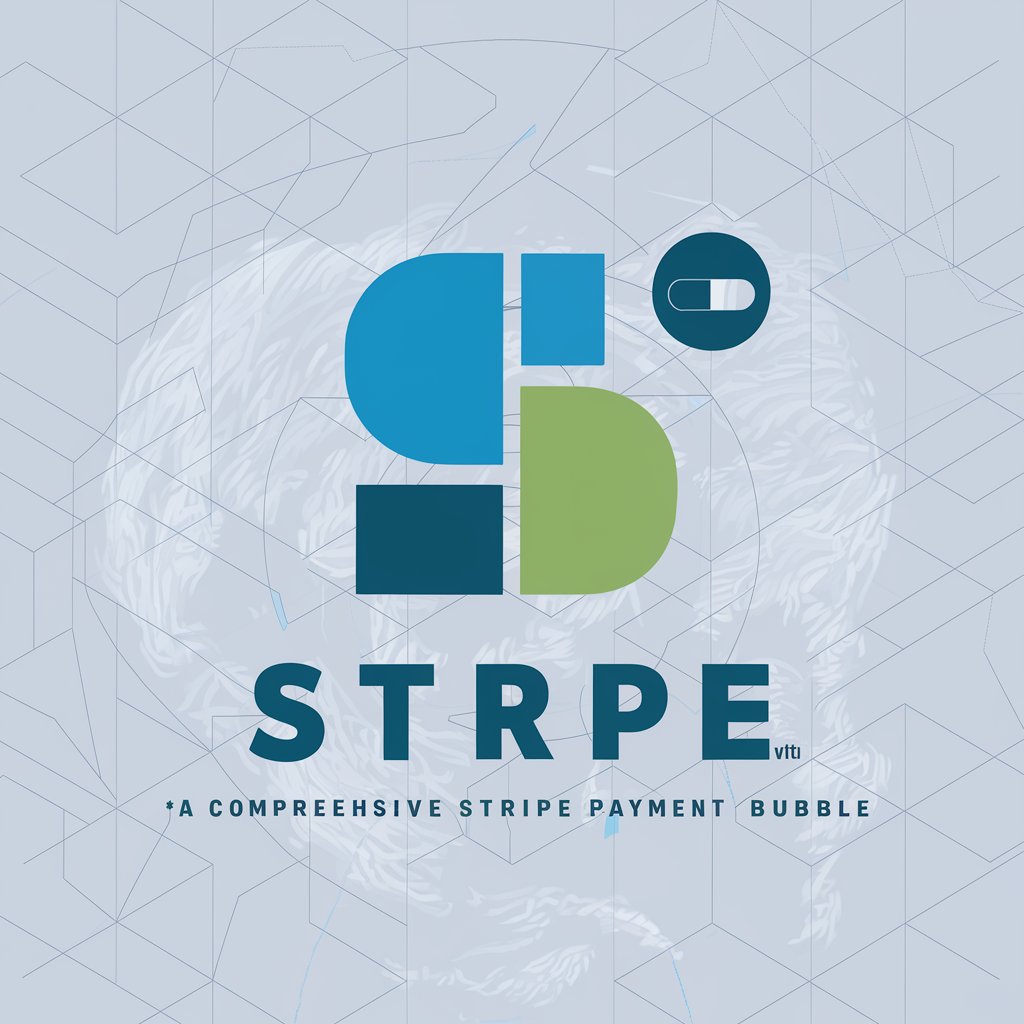
3 Lines meaning?
Unlock Clarity in Three Lines
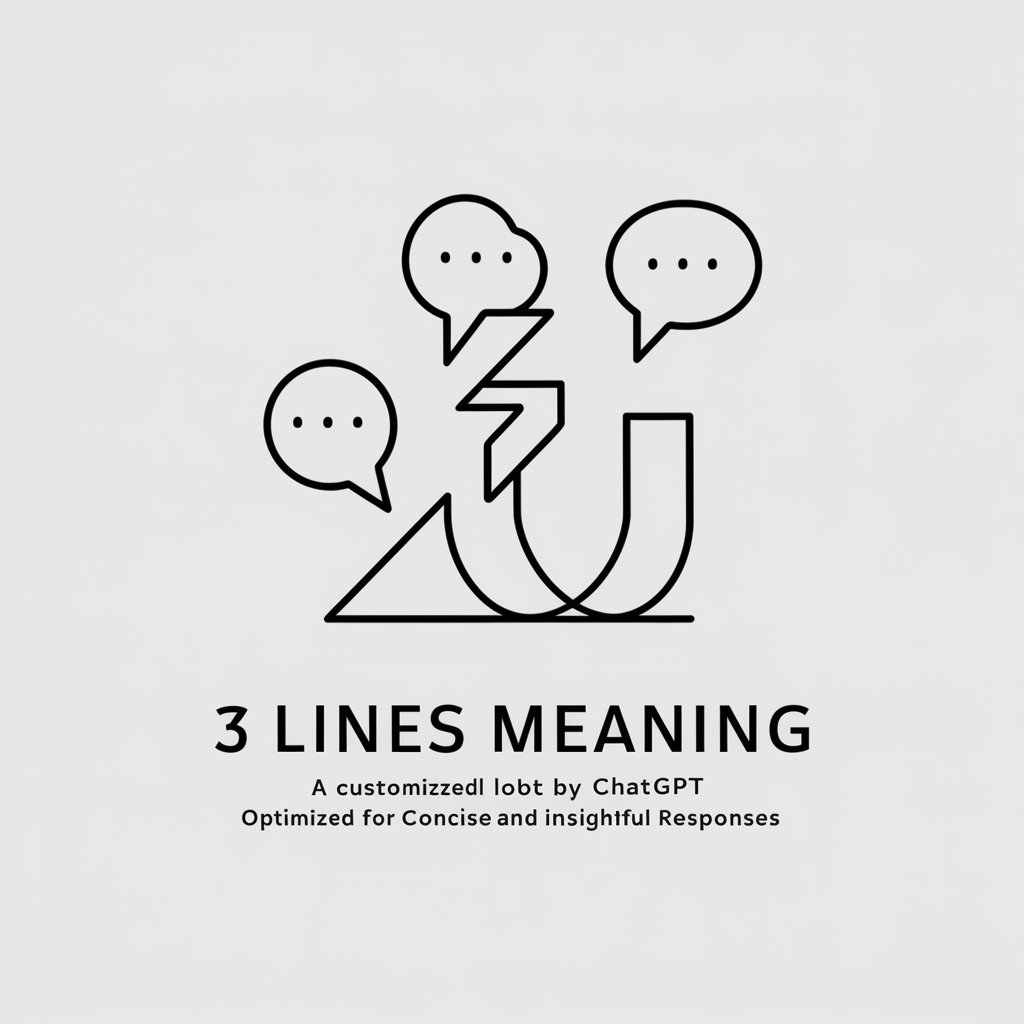
Peliriippuvuustesti
Assess, Understand, and Address Gaming Risks

White Paper Wizard
Craft compelling white papers with AI
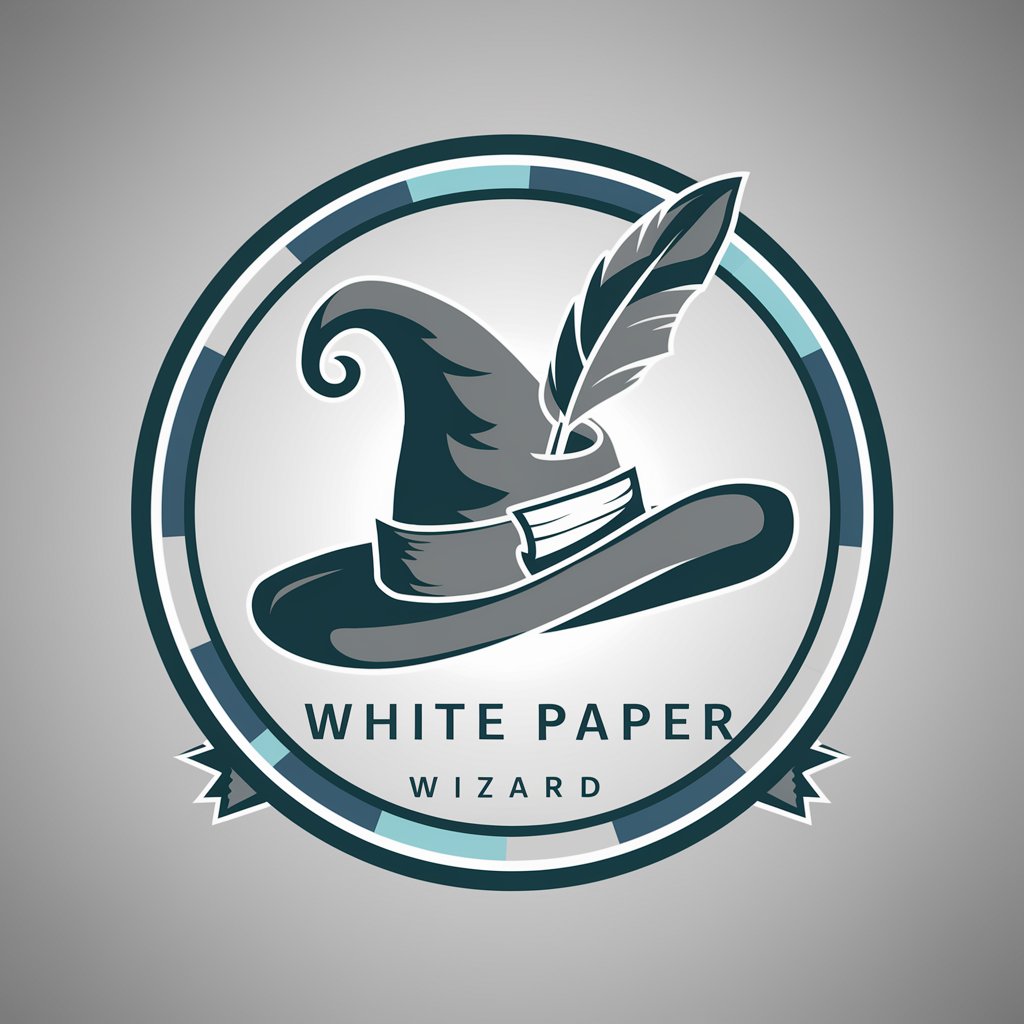
AEvent Copywriter
Automating Event Success with AI
?Riddlemeister?
Learn German through AI-powered riddles

In My Head meaning?
Unlocking complex concepts with AI
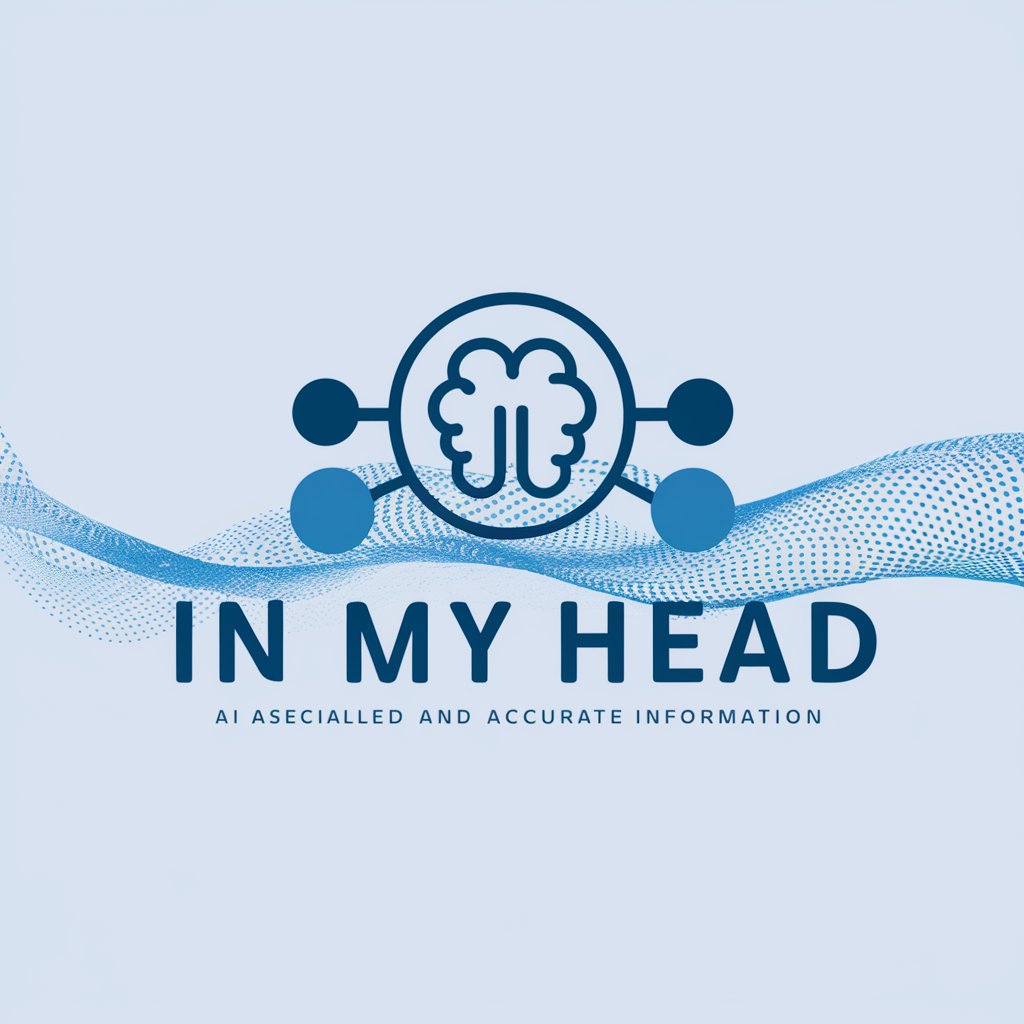
Zodiac Explorer
Explore the stars, discover yourself.

Copywriter
Elevate Your Words with AI

Academia de Italiano
Master Italian with AI-Powered Precision

Frequently Asked Questions About Naval Architect-GPT
What is Naval Architect-GPT?
Naval Architect-GPT is an AI-driven tool designed for maritime engineering. It offers insights into ship design, construction, and operation, leveraging advanced NLP capabilities for a wide range of tasks.
How can Naval Architect-GPT assist in ship design?
It can provide guidance on best practices, innovative solutions, and compliance with maritime regulations. Users can ask for design optimization tips, material selection advice, and much more.
Can Naval Architect-GPT help with historical maritime research?
Absolutely. It's equipped to offer detailed analyses of historical ship designs, naval battles, and maritime exploration, making it a valuable resource for historians and enthusiasts.
Is Naval Architect-GPT suitable for students?
Yes, it's a powerful educational tool that can assist with homework, project research, and the understanding of complex maritime engineering concepts.
How does feedback improve Naval Architect-GPT's performance?
User feedback is integral to the model's learning process. It helps refine response accuracy and relevance, ensuring the tool remains up-to-date with the latest maritime engineering trends and user needs.
